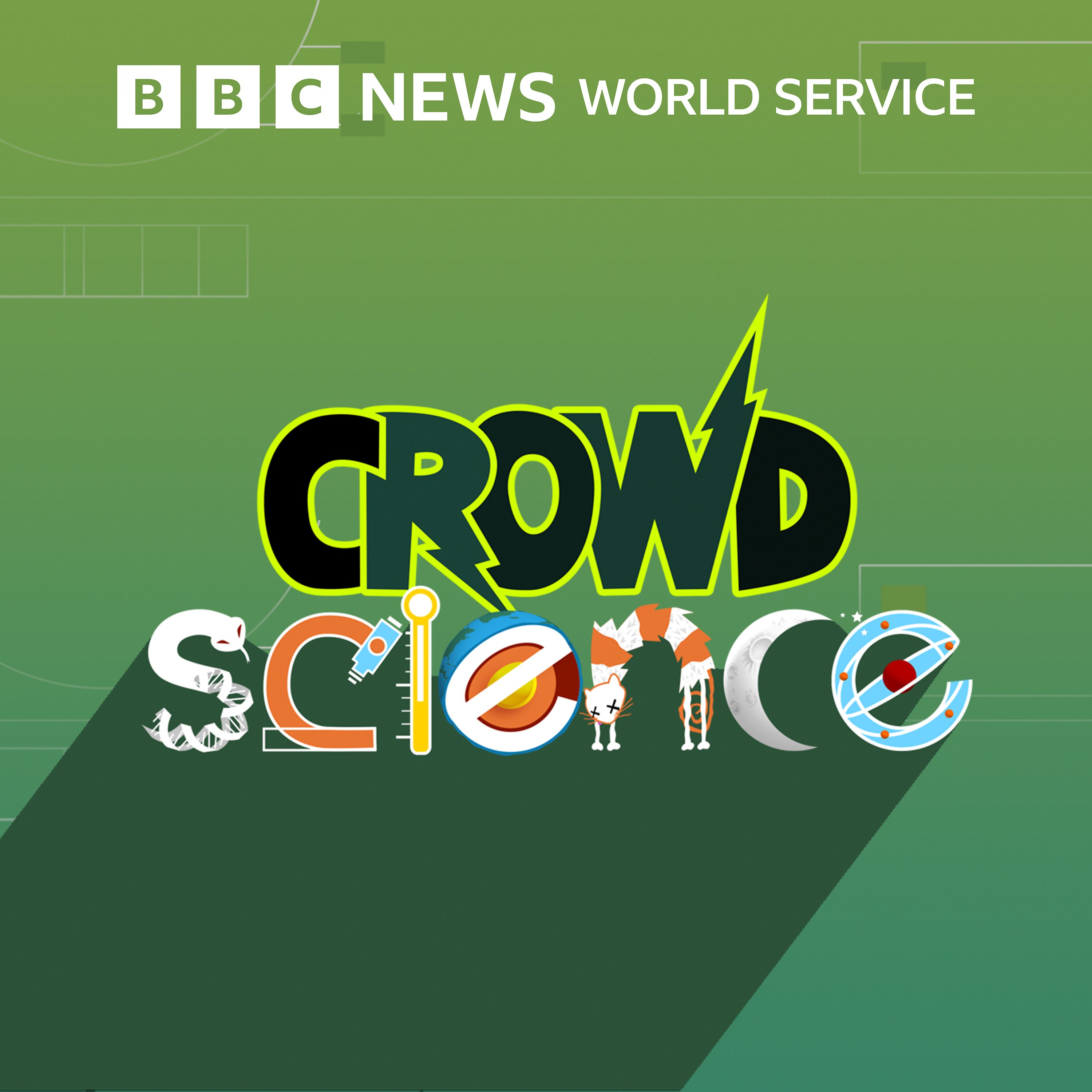
CrowdScience
Jun 2, 2023
CrowdScience listener Nyankami, from Kenya, has a friend with dementia. Despite memory loss and no longer knowing his way around, his friend has no problem communicating. So what’s the connection between memory and language?
Caroline Steel discovers how dementia affects our speech. In most cases the illness does have an impact on our ability to speak but it can depend on many factors, including the type of dementia and even how many languages we speak.
She meets George Rook, diagnosed with vascular dementia and Alzheimer’s, who’s a passionate campaigner for people with dementia and talks to dementia nurse Helen Green, who explains how the illness can affect our behaviour.
She discovers that speaking more than one language can actually protect our brains from decline and finds out about cutting edge research that is helping people with dementia to improve their memory and capacity to speak.
Featuring: George Rook, Lived Experience Advisory Panel, Dementia UK Helen Green, Admiral Nurse, specialising in dementia Professor Alex Leff, Professor of Cognitive Neurology, Institute of Neurology, University College London Professor Guillaume Thierry, Professor of Cognitive Neuroscience, Bangor University Professor Yan Jing Wu, Professor of Neurolinguistics, Ningbo University, China Dr Elizabeth Kuhn, Post-Doctoral Fellow, German Centre for Neurodegenerative Disease, Bonn
Image Credit: Emma Innocenti
Presenter: Caroline Steel Producer: Jo Glanville Editor: Richard Collings Production co-ordinator: Jonathan Harris Sound engineer: Jackie Margerum

